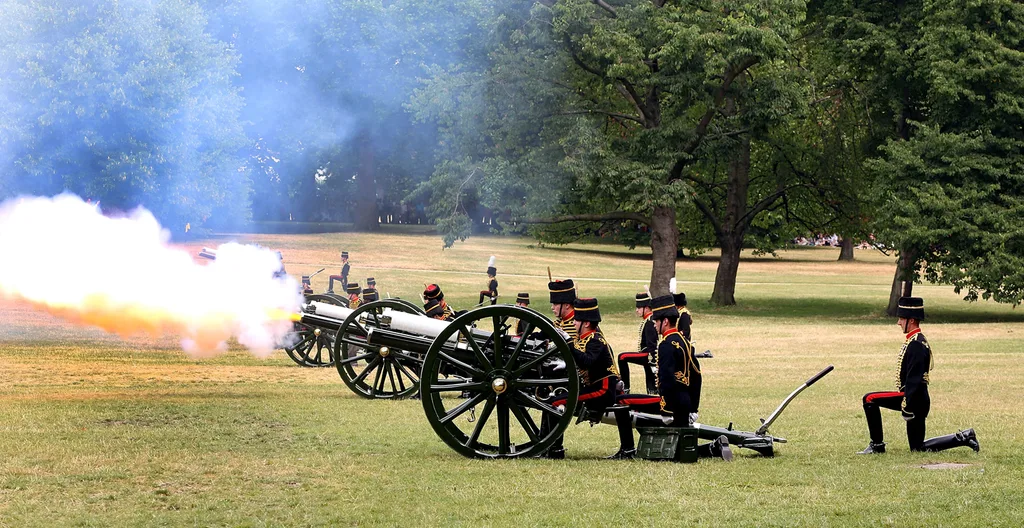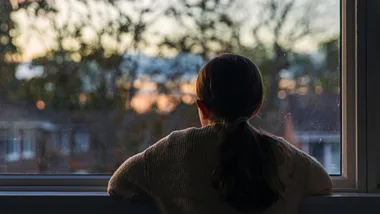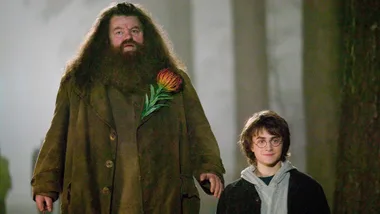Kate Middleton’s recent announcement that she’s pregnant with her third child has everybody talking about babies: baby names, baby due dates, bets on the future baby’s name and due date… But this is no ordinary baby.
With royalty comes a long history of tradition to adhere to, and the smallest in line for the throne are no exception.
Check out 10 royal baby traditions you never would’ve thought of.
1. Home birth
Hospital births are generally taken for granted these days, but just a few decades ago the custom among royals — as with most people — was to give birth at home.
Queen Elizabeth II was born at 17 Bruton Street in London, a private family home, and she gave birth to her sons Charles, Andrew and Edward in Buckingham Palace. Her only daughter, Princess Anne, was born at Clarence House, also a royal property. Princess Diana shook up the tradition in the 1980s when Princes William and Harry were both born at St. Mary’s hospital.
Kate Middleton may revert back to the tradition for her third child.

2. An audience
The birth of a royal is not just any old day – and years back, it was a political event that could have deep implications for an entire nation.
42 eminent public figures were called in to verify the birth of Prince James Francis Edward in 1688 at St James’ Palace. This was done to ensure the royal birth was legitimate and that no common baby had been smuggled into the bedchamber in a warming pan, or into the bed through a secret door in the bedhead.
Once, the home secretary would have been expected to witness the birth to ensure the legitimacy of the heir. This tradition ended with the birth of Queen Elizabeth II’s cousin, Princess Alexandra, in 1936.

3. Medication
It used to be believed that a painful childbirth was punishment for original sin, so taking pain-killers, even for royals was heavily frowned upon. Eventually, royal women began to drug themselves with everything from chloroform to cocaine.
Queen Victoria (who gave birth to nine children) began a campaign to make pain relief for royal mothers available and acceptable. For the birth of her eighth son, Prince Leopold, she found a doctor who would use chloroform to give her a reprieve. “‘Oh, that blessed chloroform,” she wrote afterwards, “soothing and delightful beyond measure.”
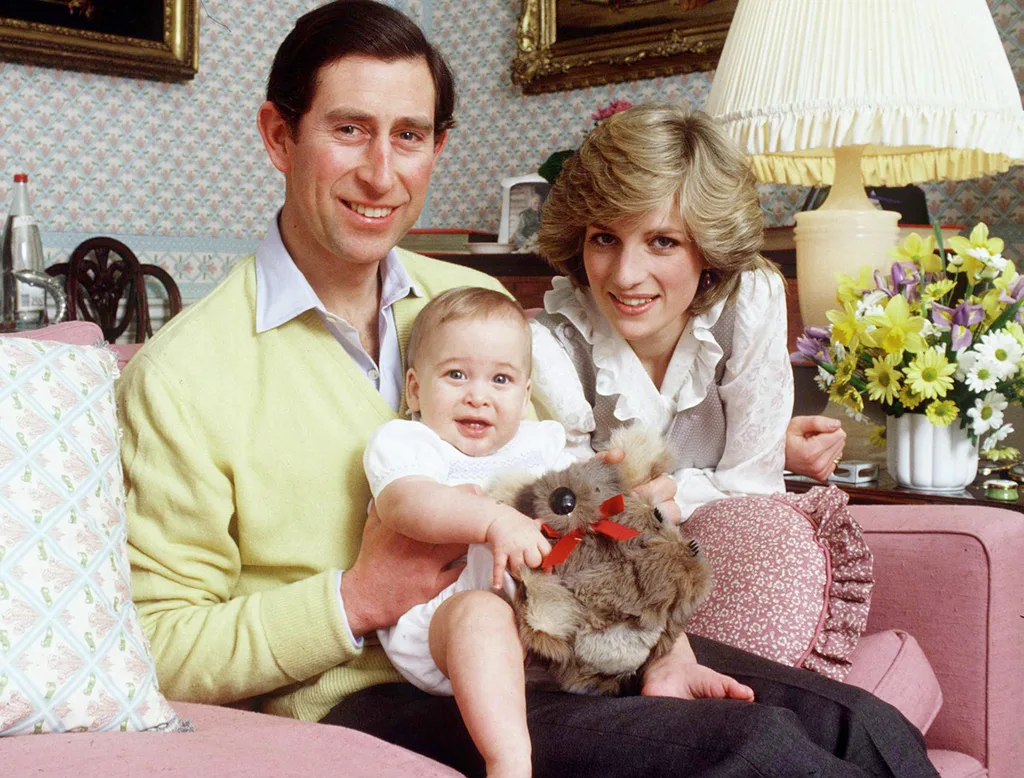
4. Dad in the delivery room
Up until the birth of Prince Charles fathers weren’t allowed in the birthing room, but would have to wait outside. When the queen (then Princess Elizabeth) went into labor, her husband, Prince Philip, was off playing squash in the palace — out of restlessness, not indifference, noted Charles’ biographer Jonathan Dimbleby.
For Kate’s first two births William was present, just like his father was for his: “I am so thankful I was beside Diana’s bedside the whole time because by the end of the day I really felt as though I’d shared deeply in the process of birth,” Charles wrote shortly after William’s birth.
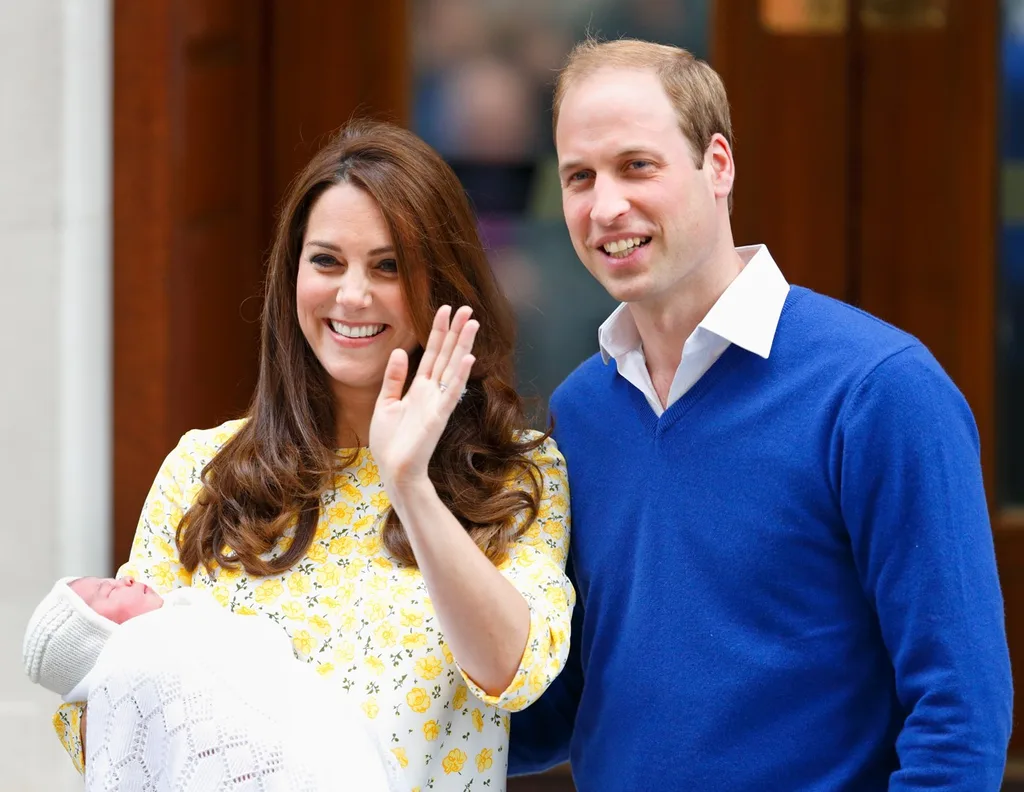
5. The royal mother couldn’t attend the christening
Historically, queens were expected to hide out until after the christening because it wasn’t yet seemly to reintroduce them to society because she was “unclean.” The royal mother would have to stay in bed for a further six weeks before she could be blessed and purified by a priest.
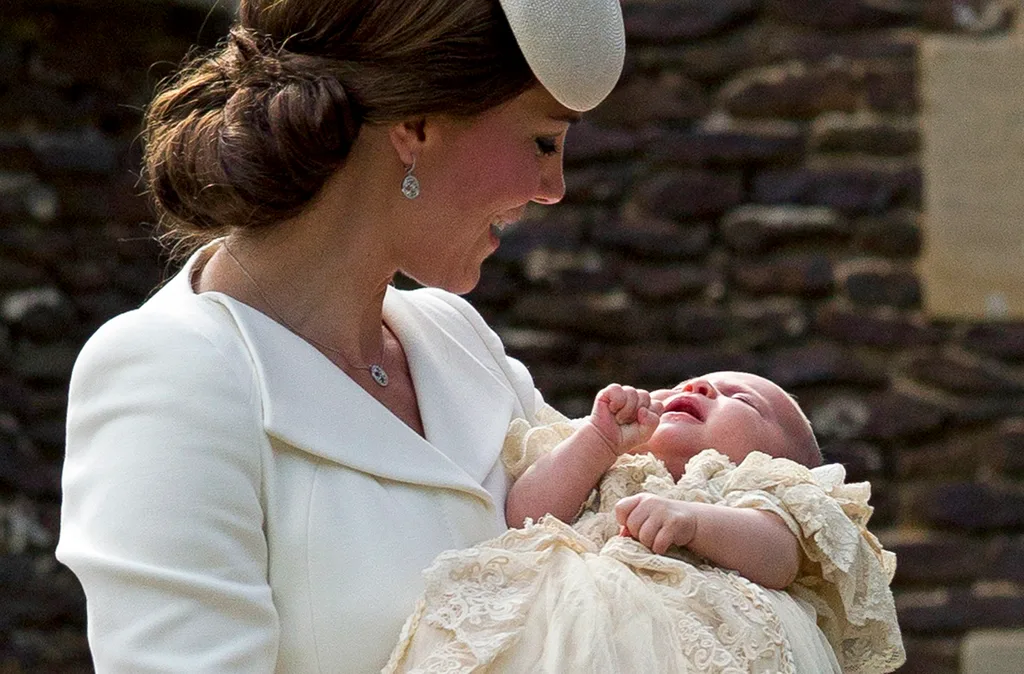
6. Christening today
Royal children are christened as a member of the Church of England in a robe that’s a replica of one that has been used since 1841. The original robe, made of fine Honiton lace lined with satin, was made for the christening of Queen Victoria’s eldest daughter and since been used for generations. In 2008, the Earl and Countess of Wessex’s son wore a replica robe designed to preserve the original.
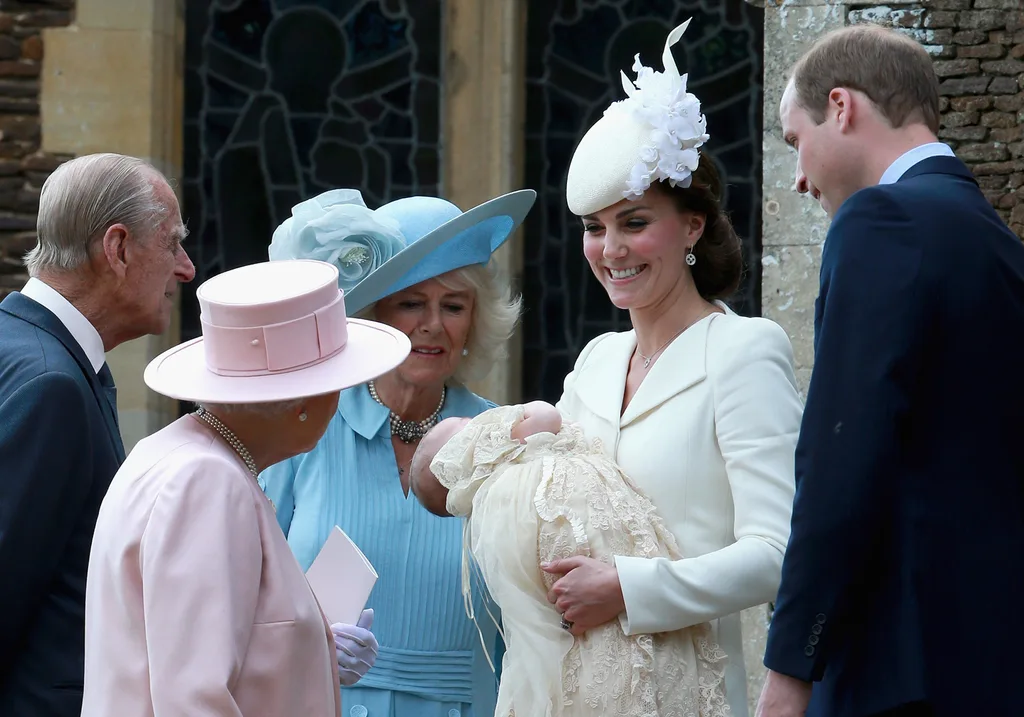
7. Royal announcement
The official announcement of a royal baby is posted outside Buckingham Palace on an easel. The Queen, senior members of the royal family, and the Middleton family – if they are not at the hospital – will be told about the birth first. Then a royal aide will hurry from the hospital to the palace under police escort with a bulletin. The note will carry the Buckingham letterhead and signed by key medical staff. It used to be handwritten but now is typed.
Prince William and Kate have famously made their baby news public via Twitter and Facebook first.
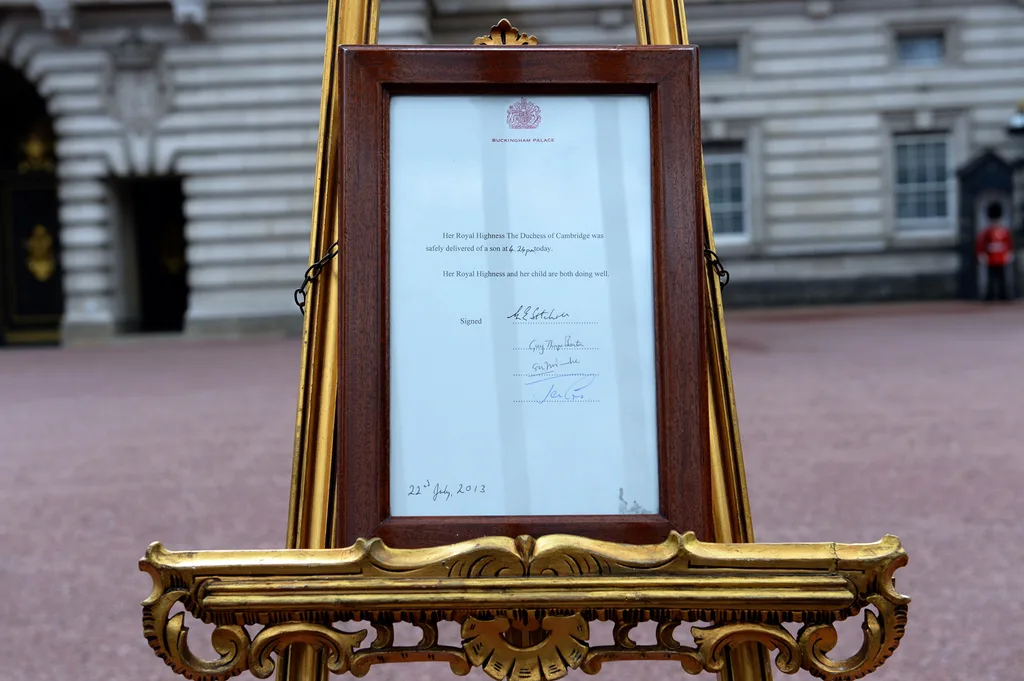
8. How many godparents?
Royal babies usually have five or six godparents, people who historically supported the child in their faith, and godparents usually aren’t immediate family members. Prince George has seven and Princess Charlotte has five.
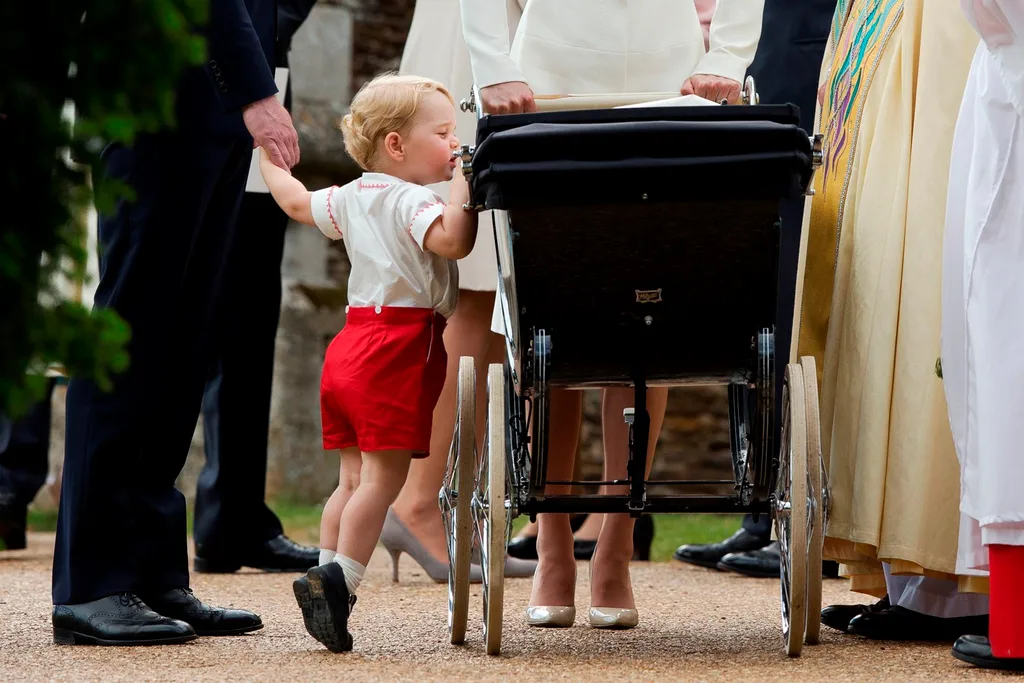
9. Registration
All births in England and Wales, regardless of parentage, must be registered within 42 days of the birth at the hospital or a local register office.

10. Gun salute
Cannons will be fired across London in celebration: 62 shots from the Tower of London and 41 from Green Park and the Union Jack flag will be flown from government buildings across Britain.
